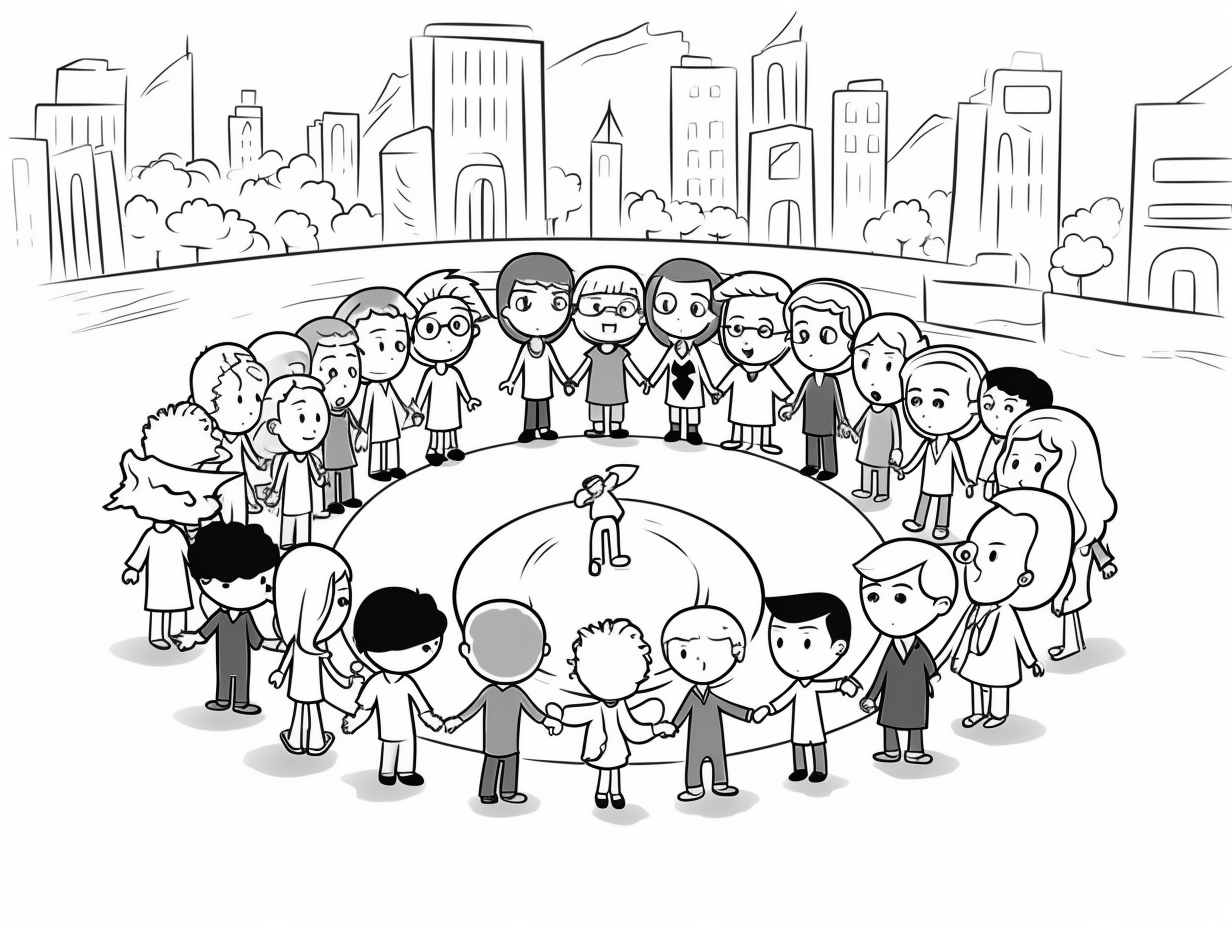In the panoramic tapestry of human spirituality, the personage of Mary, the Mother of Christ, emerges as a remarkable thread interwoven with the ideals of unity and compassion. Her portrayal within Bahá’í teachings elevates her beyond mere historical or theological figurehood; she becomes a symbol of the Divine Feminine—steeped in nurturing qualities that foster harmony among a myriad of diverse cultures and traditions.
A key aspect of Bahá’í thought is the oneness of humanity. This principle echoes throughout its teachings, urging believers to transcend racial, religious, and gender divisions. Mary embodies this unifying spirit, representing not just motherhood but the essential qualities of love, mercy, and acceptance. She is a bridge across generations, cultures, and faiths—a metaphorical olive branch extending toward the heart of humanity.
The narrative of Mary is imbued with potent symbols. She is often likened to the moon, illuminating the night sky with her celestial glow. Much like the moon reflects the sunlight, Mary reflects the qualities of the Divine, nurturing and embracing all creation within her luminous embrace. Her role as the mother is an archetypal representation of nurturing love and guidance, emphasizing the importance of familial and communal bonds. In a world fraught with discord, she underscores the necessity of community—a feature aligning closely with the Bahá’í ideals of unity.
Moreover, Mary’s acceptance of her monumental role illustrates the power of faith. Her response to the angelic proclamation was not one of fear, but rather an embodiment of submission and openness to divine will. This aspect of her character serves as an inspiration for Bahá’ís to embrace their own responsibilities toward the common good. The willingness to heed a higher calling is what enjoins individuals to look beyond themselves, igniting a sense of community that is integral to personal and collective growth.
Furthermore, Mary’s influence transcends religious boundaries. In various spiritual practices, she is revered not solely as the mother of Jesus but also as a figure of compassion in Islam and other traditions. This multi-dimensionality of her character fosters a dialogue among different faiths, becoming a symbol around which diverse communities can congregate. Within the Bahá’í framework, her story fosters an environment conducive to interfaith relationships, enhancing mutual respect and understanding.
The Bahá’í teachings extol the virtue of education, especially for women and children. In this context, Mary’s nurturing nature signals the profound potential of women as catalysts for peace and unity. The transformative power of education, when combined with the maternal instinct, creates a fertile ground for cultivating respectful dialogue and understanding within communities. Just as a tree bears fruit, Mary represents the richness that emerges when the feminine spirit is acknowledged and celebrated.
As a mother, Mary also symbolizes unconditional love—the kind of love that Nation-states seem to lack in their dealings with one another. This unconditional aspect of love is a cornerstone of Bahá’í teachings, underscoring the need for global solidarity and empathy. Her story encourages individuals to represent that love in their actions, giving rise to a collective consciousness that promotes peace and reconciliation. The Bahá’í perspective on love is not merely a sentiment; it is an active commitment to fostering unity and harmony amid the polyphonic cacophony of the world’s cultures.
Another topic worth exploring is the symbolism of motherhood as a unifying force. Mary’s role epitomizes the essence of nurturing, displaying how a mother’s love can transcend geographical and cultural borders. Such a perspective encourages individuals to embrace their differences while recognizing their shared humanity. The maternal archetype, thus, becomes a universal model for constructing bonds that enable cross-cultural understanding and cooperation. In a sense, every act of compassion and kindness reflects Mary’s legacy, creating ripples that can transform society.
The teachings invigorated by Mary’s legacy compel individuals to be proactive agents of change. In engaging with social issues such as inequality, injustice, and strife, Bahá’ís are challenged to emulate her example as a force of resilience and empathy. The enduring qualities of patience and understanding mirror those inherent in the role of a mother and signify the importance of listening and responding with sensitivity to the needs of the community. The reverberations of Mary’s influence can thus empower individuals to channel their energies into efforts that cultivate peace, fostering a global community built upon love and understanding.
In conclusion, the portrayal of Mary, the Mother of Christ, within Bahá’í teachings encapsulates a multifaceted approach to unity. Her symbolism, deeply rooted in maternal love, transcends earthly divisions and serves as a beacon for harmony among disparate cultures and beliefs. The lessons drawn from her life contribute to a broader understanding of the transformative power of love and empathy. By embracing these principles, individuals are summoned to partake in a collective journey of fostering unity—a journey that resonates with the very essence of the Bahá’í faith and its vision for a unified world family.
